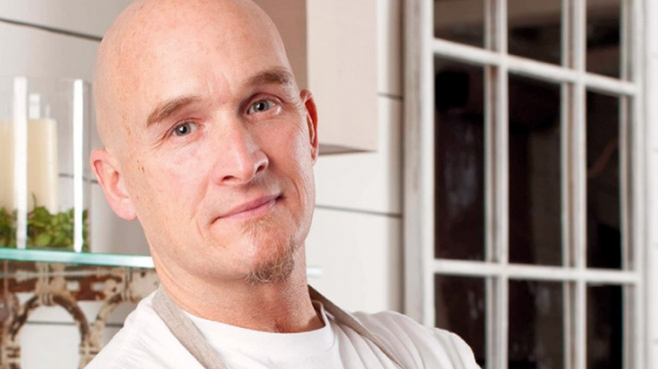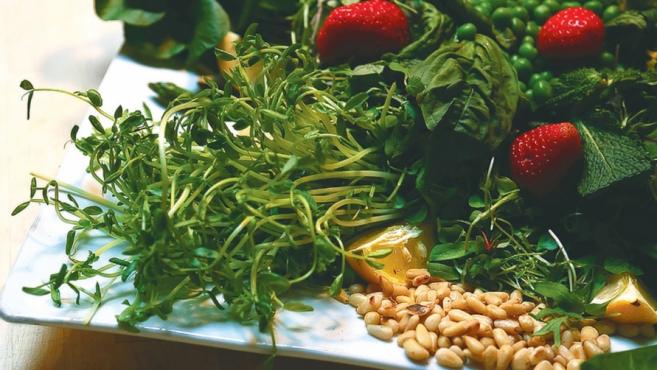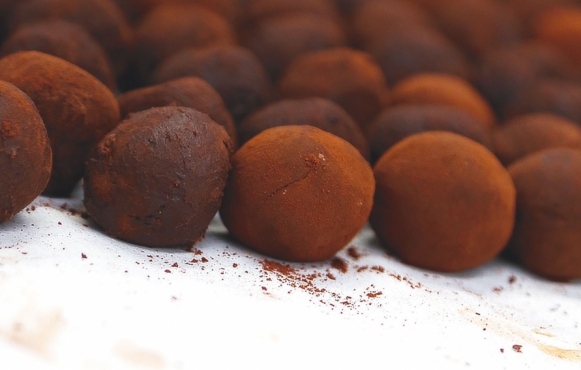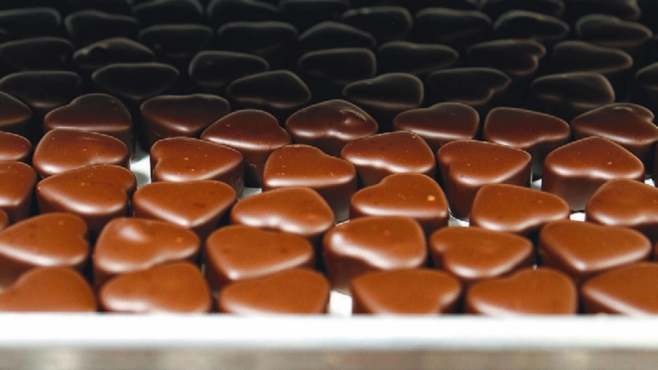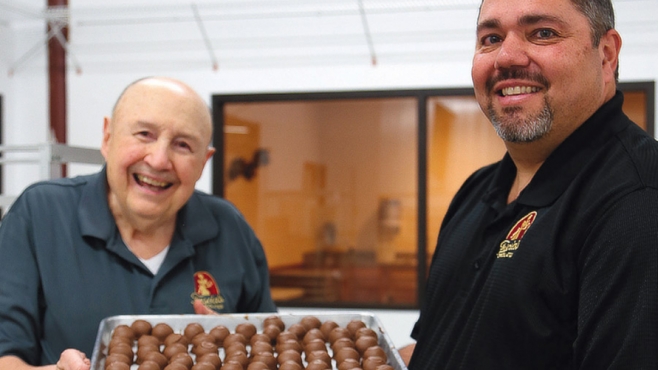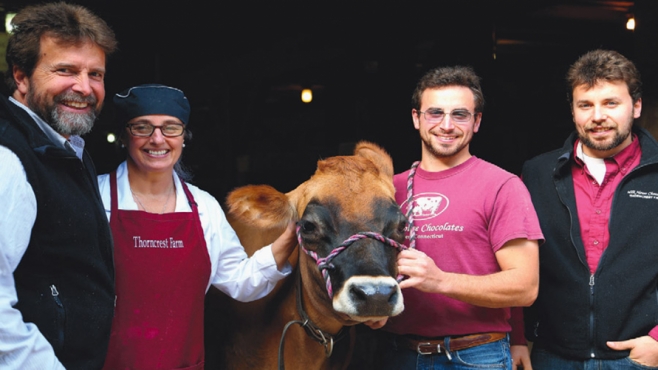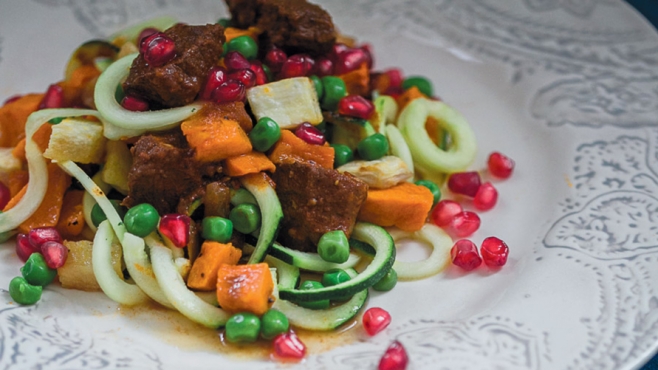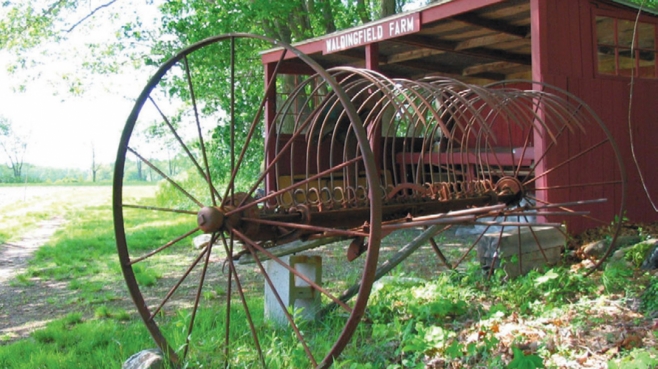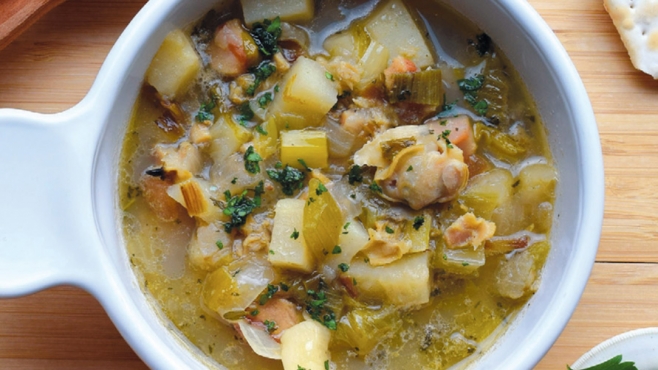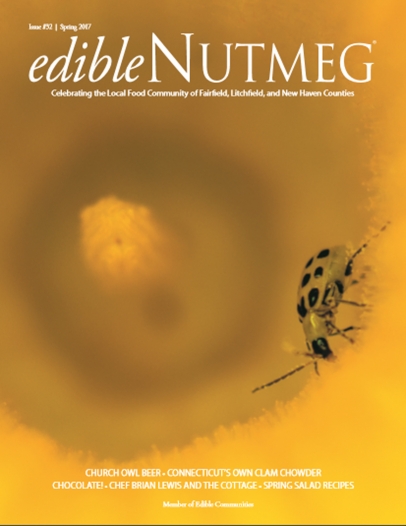
LETTER FROM THE PUBLISHER
On this issue's cover, we feature a photo of a squash blossom being traversed by an insect commonly known as the spotted cucumber beetle (Diabrotica undecimpunctata). It eats the leaves of plants – depriving them of their primary energy source – and, in its larval form, will damage and sometimes destroy root systems. It is considered a major agricultural pest in North America.
The first and most reasonable question to ask is, why would a magazine dedicated to local farming and food production grace its cover with an insect that makes the job of growing food more difficult? The answer to that lies in the distinction between conventional and organic farming philosophies.
Conventional, industrial farming, with its tendency to grow mono-cropped fields that are bathed in synthetic crop management chemicals, epitomizes the practice of "taking" from our environment. It allows no room for species that are not immediately beneficial to us. In fact, it wages war against them. In doing so, it damages the often-fragile web of interconnectivity that comprises our ecosystem, an ecosystem that is the product of millions of years of evolutionary cohabitation between a multitude of species.
In this regard, organic and permaculture styles of farming are not blameless. They, too, attempt to diminish other species' access to the plants we grow, many of which would gladly and voraciously partake in the bounty. But they do so in ways that are less disruptive to the environment, that encourage natural predator/prey relationships for pest control, and that strike a balance between feeding ourselves and sharing our fields with the other species that reside in them.
At our worst, we can be ravagers, taking from the land what we want and leaving nothing for the species with which we share our habitat, regardless of the ominous long-term consequences. At our best, we can be stewards, keeping both our ourselves and our ecosystem healthy to the lasting benefit of biodiversity and environmental wellbeing. But this demands our willingness to share the land with other species, rather than to dominate it and exclude them from it.
This is something we all have a role in, and our positions on the matter are reflected in our daily food choices. As we move into spring, and farms across the state begin their seasonal work in earnest, I hope that you will choose to buy from farms and food producers who have the best interests of our environment in mind. Connecticut is a state rich in small, non-industrial farms. Visit them, meet the growers, and be a part of the local food community that they engender, whether by joining a CSA program or simply shopping at your weekly farmers market. The food choices we make are deeply relevant, with lasting impact on both ourselves and others, including the frog pictured here, nestled in a kale frond. In exchange for the opportunity to reside there, her appetite ensures that she'll keep watch for unsuspecting cucumber beetles that are unfortunate enough to wander by.
Dana Jackson, Editor & Publisher


